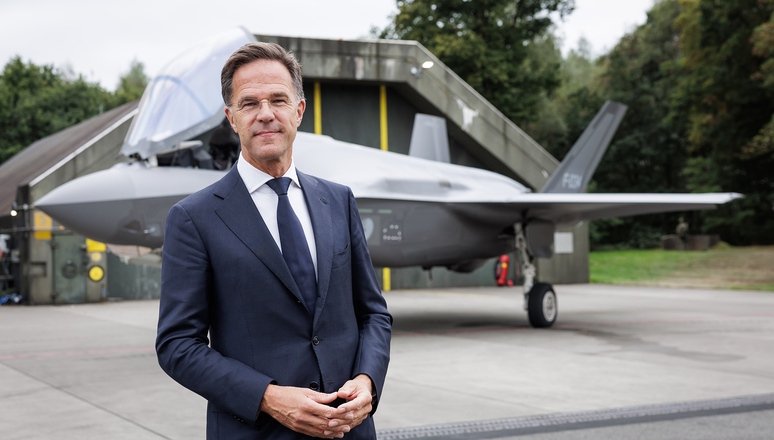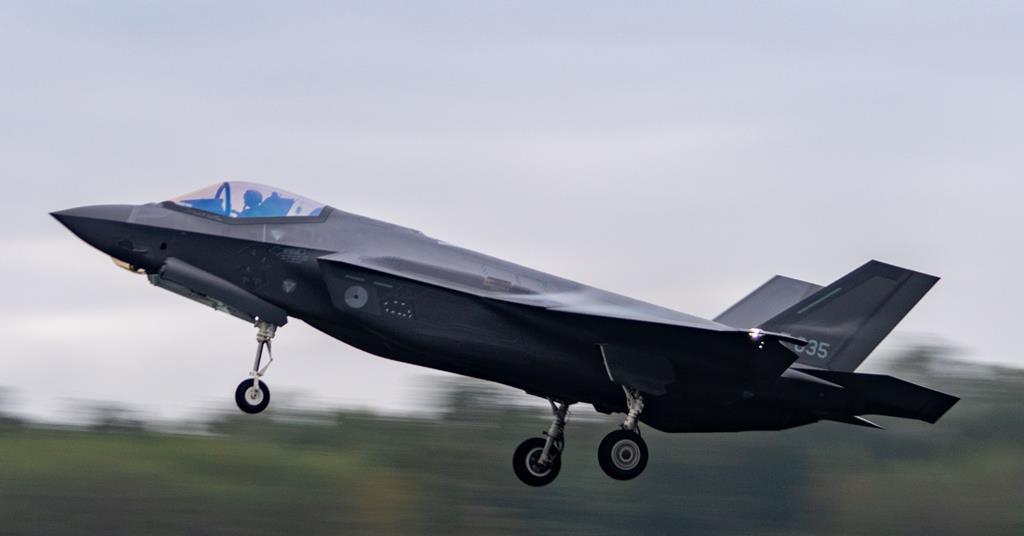Due to increasing Russian aggression and recent airspace violations, NATO focuses on ensuring readiness to use its ultimate weapon if necessary. On 21st October, a Dutch F-35 jet took off the runway at Volkel airbase in the Netherlands as part of NATO’s annual nuclear exercise Steadfast Noon. Although the exercise is described as routine and involves no live nuclear bombs, the timing and context underscore its strategic significance.
Long-planned Nuclear Drill
On 13th October, NATO began its annual nuclear deterrence exercise Steadfast Noon. The Netherlands is the host nation for this year’s exercise. Volkel Air Base is the primary base of focus, with other supporting elements at Kleine-Brogel Air Base in Belgium and Royal Air Force Lakenheath in the UK. Steadfast Noon 2025 involves over 70 aircraft from 14 countries and around 2,000 personnel.
Focus and Objectives Of Steadfast Noon 2025
This year, the long-planned drill focuses on deterrence, counter-drone initiatives, defence investment, and support to Ukraine. While the drills avoid simulating offensive strikes, they do test every layer of NATO’s nuclear command, control and support systems – from refuelling and reconnaissance to rapid coordination under simulated threat conditions. Within the Steadfast Noon, NATO defence ministers discussed enhancing NATO’s deterrence and defence posture, including through Eastern Sentry. NATO Secretary General Mark Rutte emphasised the Alliance’s readiness: “NATO is a defensive Alliance. We will remain a defensive Alliance. But make no mistake – this defensive Alliance is ready and willing to do what it takes to keep our one billion people safe and our territory secure.”
This year, NATO allowed a small group of journalists on site during the two-week exercise.
“We’ve long not talked about this but it’s certainly time that we talk to our publics about it. We’ve seen continued rhetoric from Russia. And again, this isn’t sabre-rattling, this is about demonstrating that we can do this on any given day,” said Chief of NATO Nuclear Operations, Colonel Daniel Bunch. The involvement of the press is a great shift away from a practice of military secrecy. Until this year, all nuclear exercises were kept secret and the public did not have access to any information. NATO’s increased openness about its nuclear activities is a response to Moscow’s nuclear rhetoric and increasing its aggression in Ukraine.
The Security Context: Airspace Violations And Russian Behaviour
 NATO Secretary General Mark Rutte in front of a Dutch F-35A at Volkel Air Base during NATO Steadfast Noon 2025. Credit: NATO
NATO Secretary General Mark Rutte in front of a Dutch F-35A at Volkel Air Base during NATO Steadfast Noon 2025. Credit: NATO
Although the Steadfast Noon 2025 is announced as regular military exercise, the context in which it takes place makes it anything but routine. Over recent months, NATO members bordering Russia and Belarus have reported an increase in drone and jet incursions. Russia is using hybrid tactics that include GPS jamming, radar interference near strategic installations, and psychological signalling. The recent incidents have heightened concerns that Moscow is testing the Alliance’s reactions, probing for gaps in its defence.
In this context, NATO Steadfast Noon 2025 is a political signal, not only a military rehearsal. It reassures member states that the nuclear shield remains reliable. At the same time it reminds opponents that attempts to intimidate through escalation or provocation will meet with readiness.
At the same time, alliance leaders are making an attempt to balance: showing its readiness and unity, but avoiding direct confrontation and escalation.
Russia’s recent air incursions in Poland and Estonia, and a string of unexplained drone flights, have rattled NATO. Steadfast Noon 2025 embodies NATO’s effort to maintain deterrence through visible unity, operational practice and transparent communication. Whether Russia interprets it as provocation or reassurance remains to be seen.
